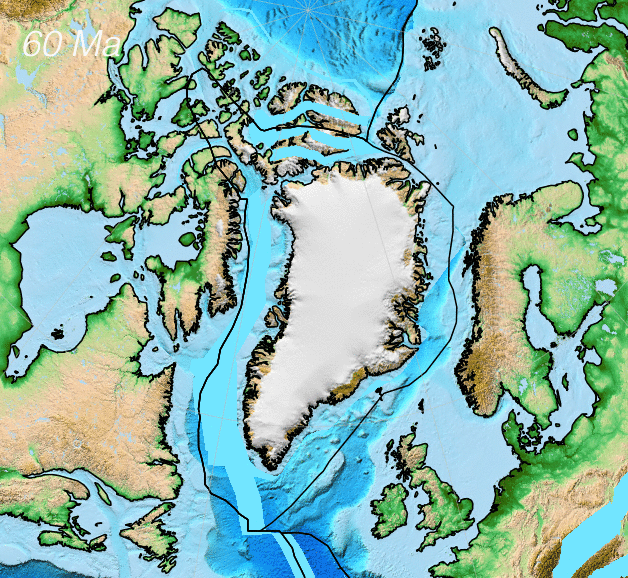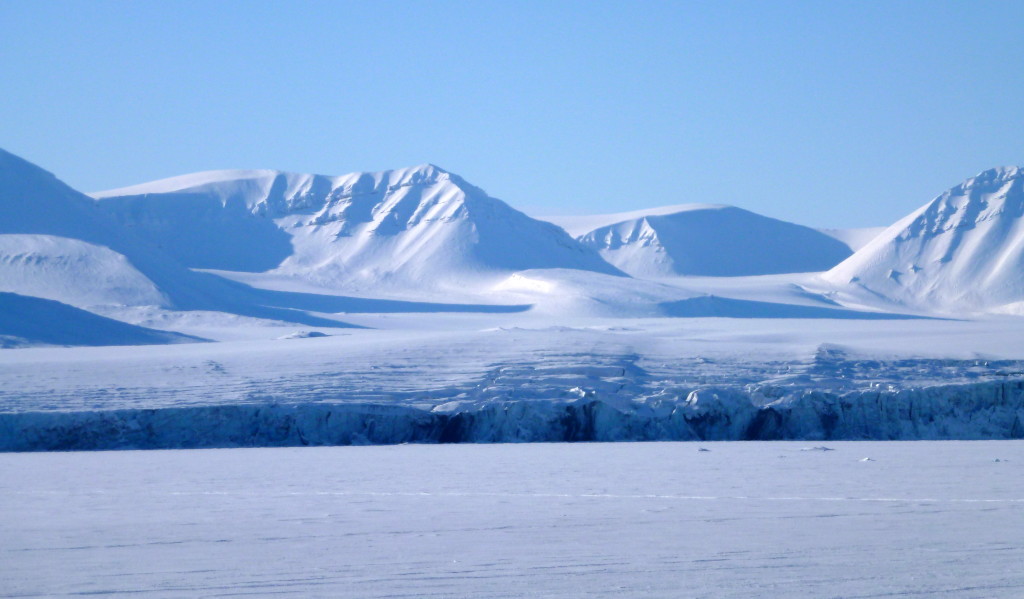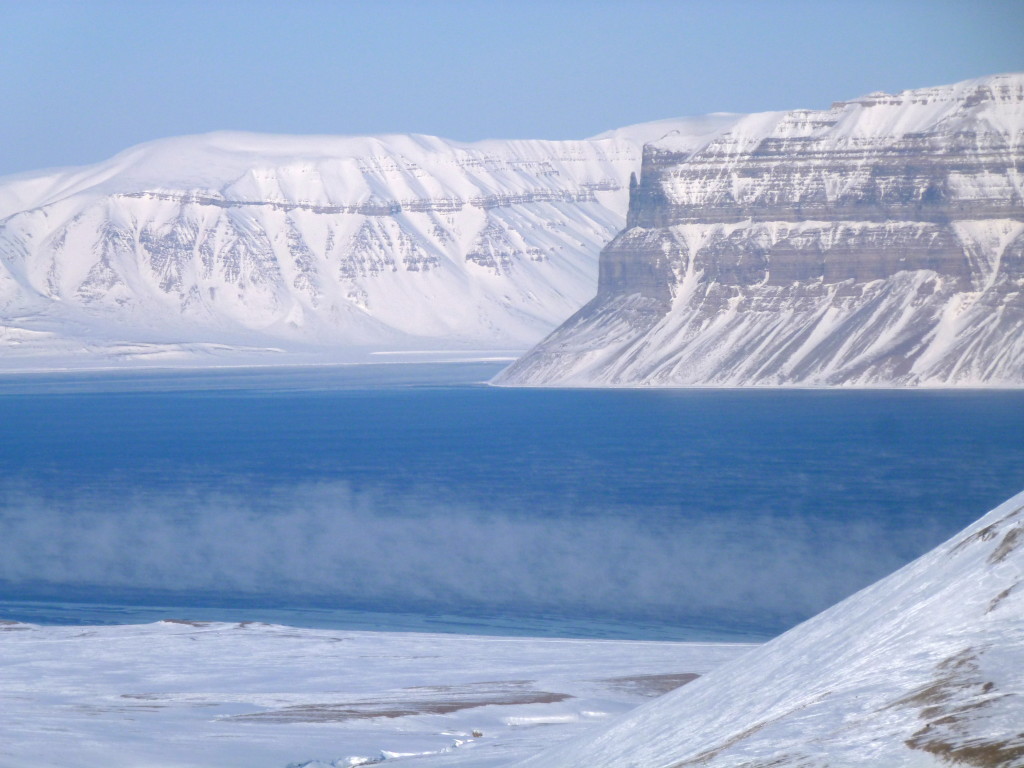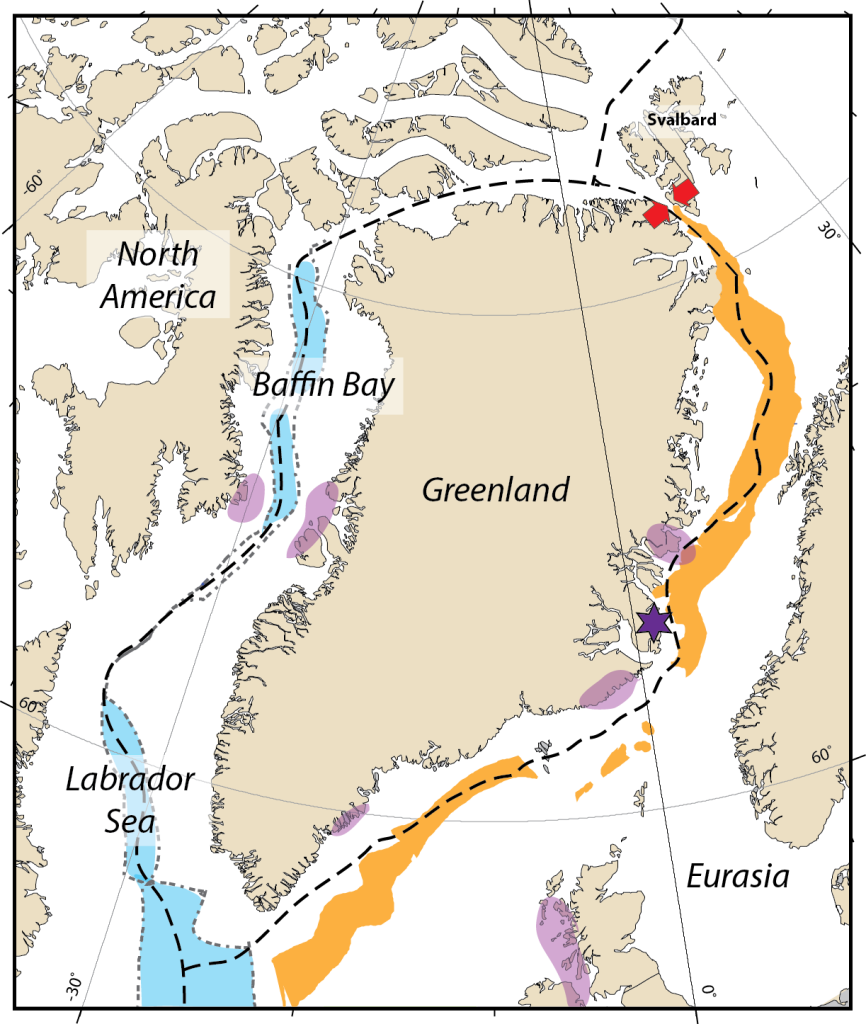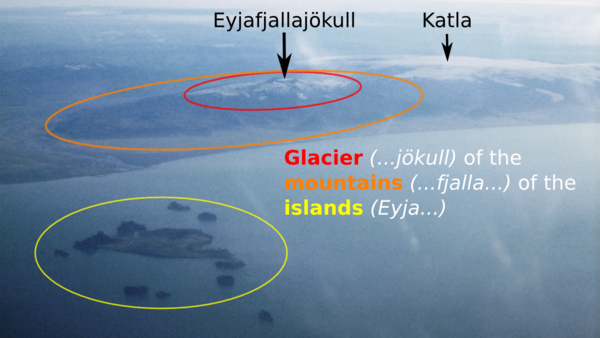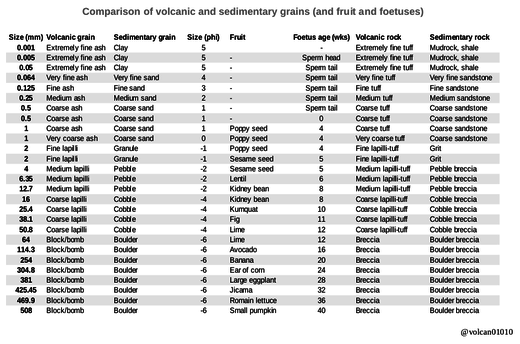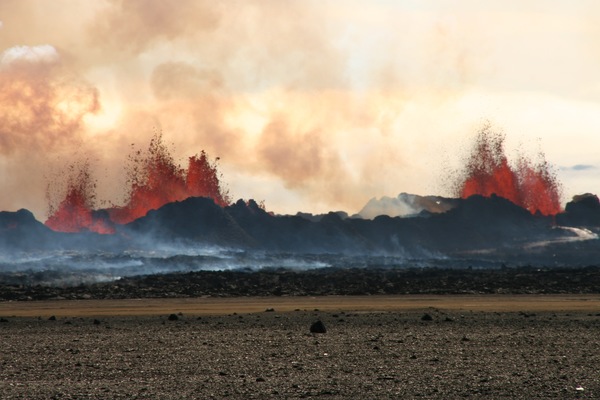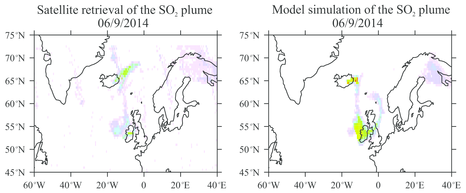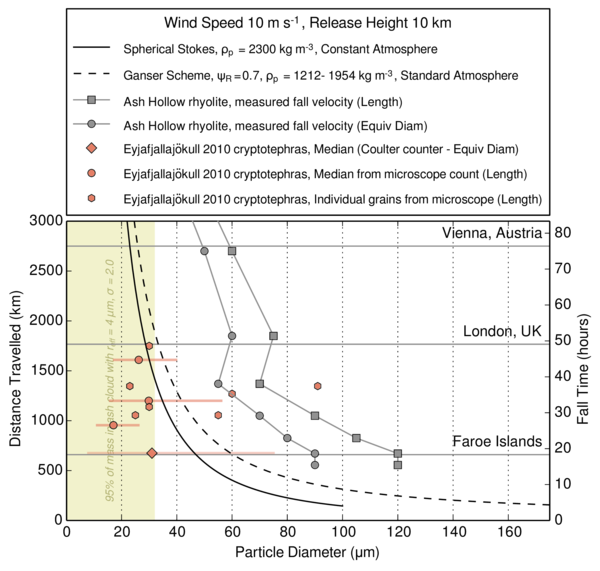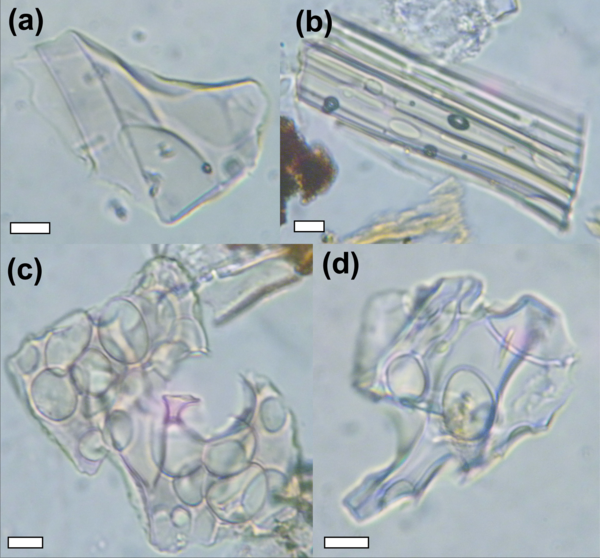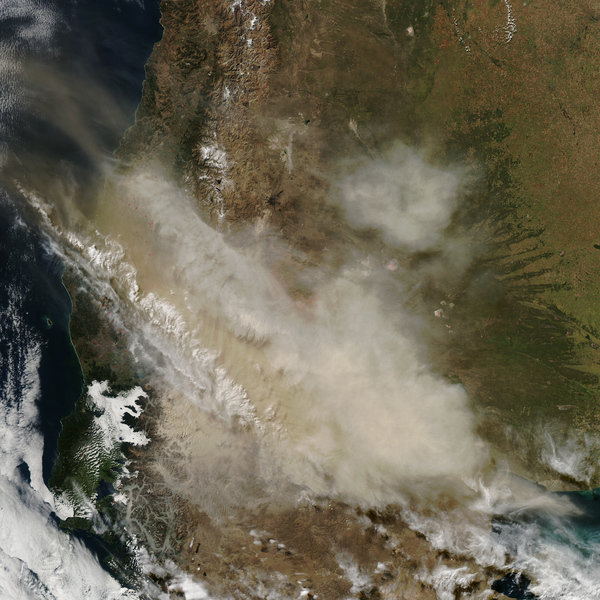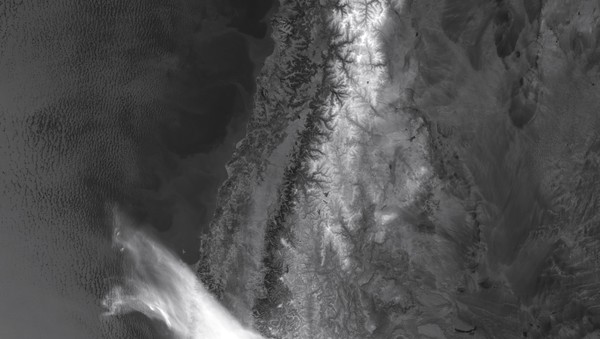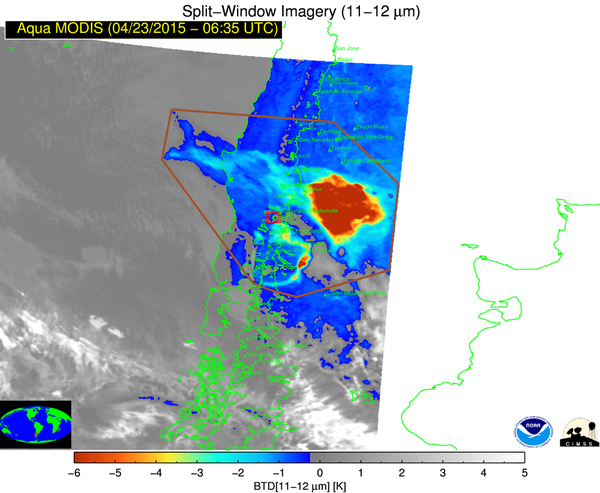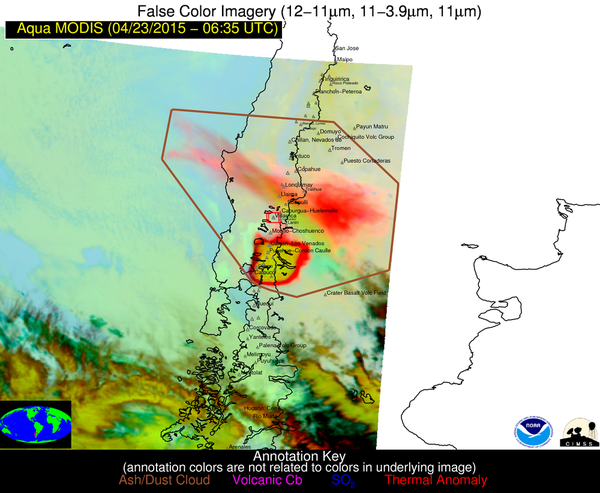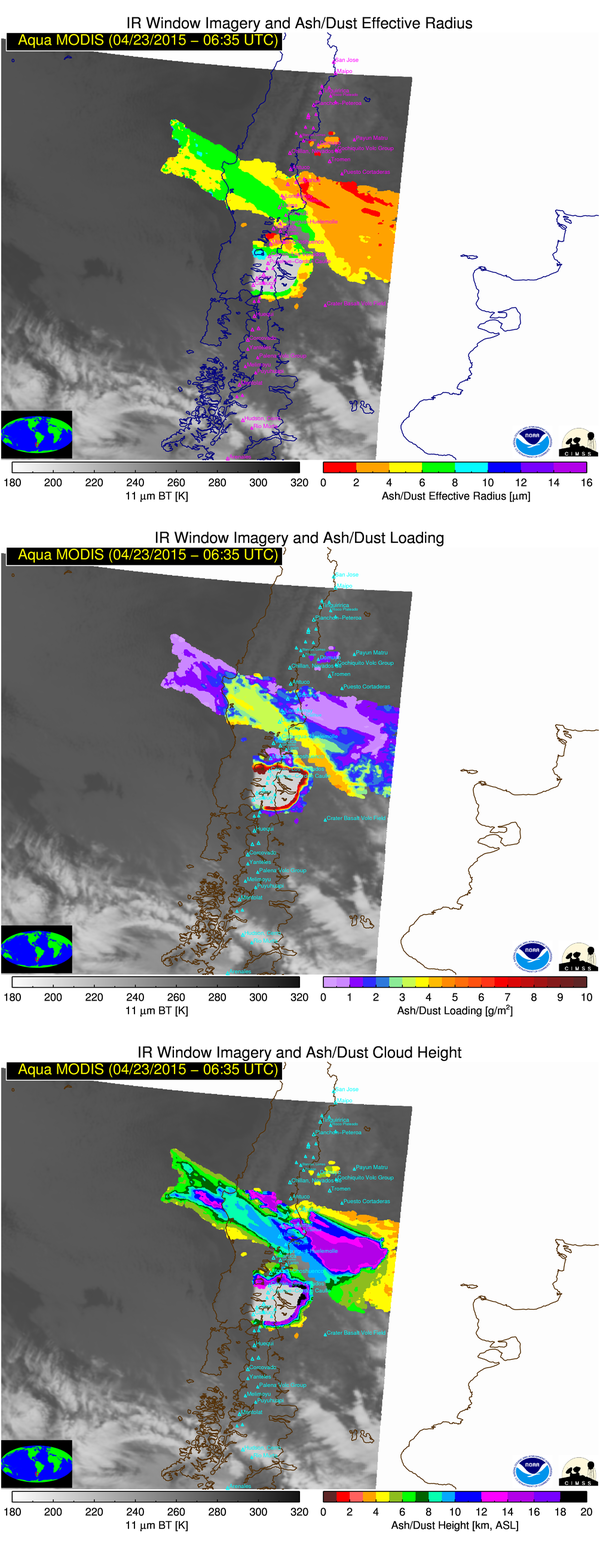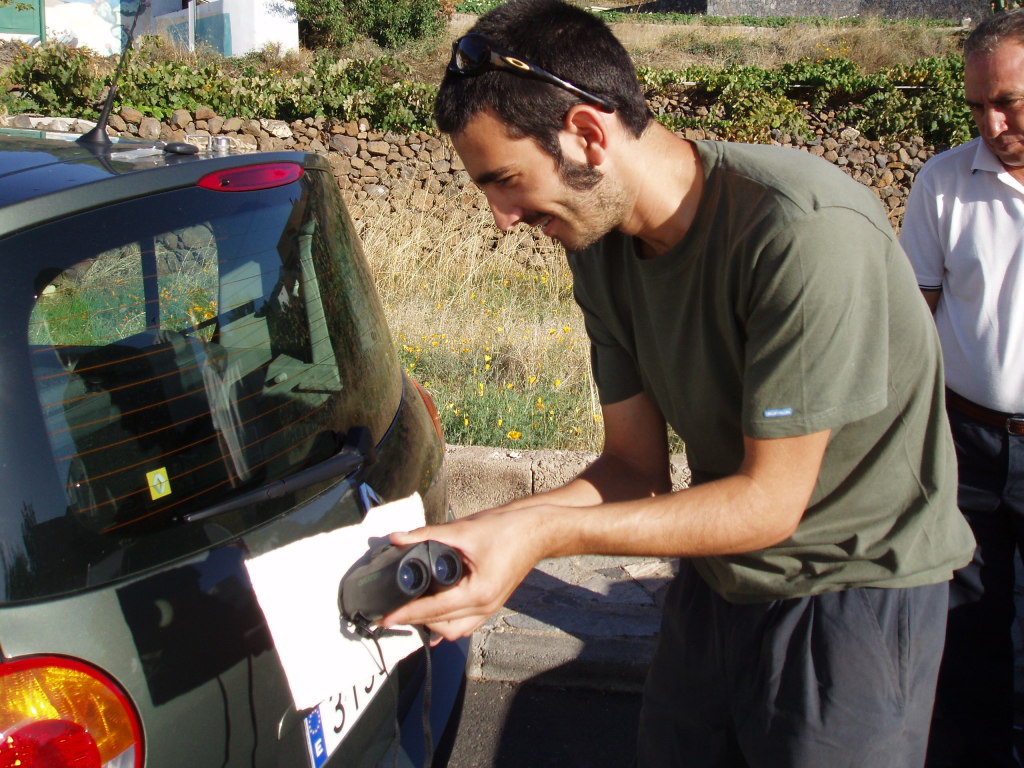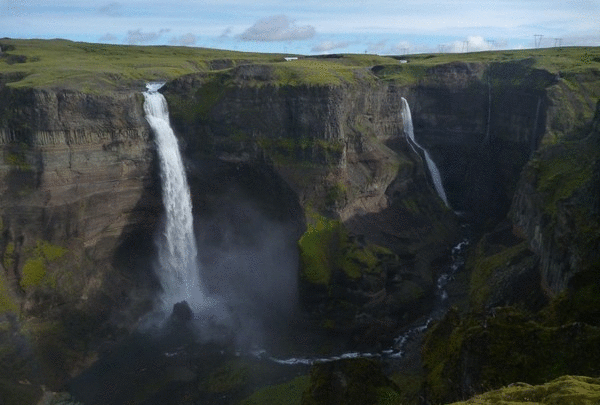On the day that the chancellor delivered his budget, 15 March, I went on strike. I’d never been on strike before, so it was a big deal for me. The strikes were over low pay in the civil service and how it causes problems with recruitment and retention. It didn’t seem like a big deal in the media, however. Civil servants were one group among many on strike, and probably the least well-defined. I didn’t see any reports that specified how low the pay is or what the problems were.
I’m a Senior Software Developer in the Informatics group at the British Geological Survey (BGS). I have recently spent a big chunk of my time recruiting Information Technology (IT) staff and so have first-hand experience of the issues.. I’m writing this blog post because I think that concrete numbers and real-life examples are the best ways to illustrate the difficulties that we face. These words are mine and not those of the BGS or of UK Research and Innovation (UKRI), our parent organisation where our pay grades are set.
About the strikes
I’ve been working at BGS for over 5 years and I love (nearly) all aspects of my job. The British Geological Survey is a public sector organisation whose mission is to “provide impartial and independent geoscience advice and data”. As I am not directly employed by the Crown, I am technically a public servant and not a civil servant, but, like civil servants, my salary is ultimately decided by government policy. For simplicity, I will use the term civil servant throughout this post as this is how our strikes have been reported. Civil servants are not as visible as nurses or teachers, but our work is still important to the smooth running of the country. Any big project that involves building things, burying things or digging them out of the ground is likely to interact with the BGS. Besides providing geological maps of the rocks beneath your feet, our data and research will help the UK move to low-carbon energy sources and reduce the impact of natural hazards.
Many BGS staff are members of the Prospect Union, which represents scientists, engineers and technical experts. Prospect has called for industrial action against low pay. The pay offer from the government was 2-3%, against a Consumer Price Index inflation rate of 10%. This is on the back of 13 years of consecutive below-inflation pay rises (real-terms pay cuts). In previous years, people grumbled about these but carried on; this year the hit to living standards is too much and 80% of union members voted to strike, on a turnout of 72%.
If I had worked that Wednesday, it would have been on automating groundwater flood forecasts (because floods can be caused by water moving beneath the ground as well as over it). I was also due to update our asset register of BGS-developed software tools and services to help prioritise which to maintain and which to retire. It annoys me that these projects, which explicitly aim to make our work more efficient, have been delayed by strike action as well as by the conditions that led up to it.
Low salaries harm recruitment
The strikes are over low pay caused by the government’s repeated failure to match public sector pay rises to inflation. As a result, the gap between public and private sector salaries for IT staff is now huge.
Salaries are 25-50% lower in the public sector
Below are the job titles and salaries from the first page of a search on the Indeed.co.uk jobs site for software (developer or engineer), ranked approximately by seniority:
| Job title | Salary |
|---|---|
| Junior Software Engineer | £28.4-35.5k |
| Software Developer* | £32k |
| Embedded Firmware Engineer | £35-50k |
| Software Data Engineer – Platform services | £47k |
| Software Engineer – React.js | £42-56k |
| Software Development Engineer II | £46-70k |
| Senior Systems Engineer | £55k |
| Senior Software Developer | £55-61k |
| Senior Software Engineer | £65k |
| Lead Software Developer | £48.2-72.4k |
*This position is at a public sector organisation
And here are the corresponding grades at UKRI / BGS:
| Job Title | Pay Grade | Salary |
|---|---|---|
| Junior Software Developer | C | £25.7k |
| Software Developer | D | £31.9k |
| Senior Software Developer | E | £39.7k |
In most cases, the public sector salaries are 25-50% lower than the private sector counterparts. This can be a difference of tens of thousands of pounds per year. There are no software developer positions at Grade F (£50.7k) or above.
It’s easy to find examples where the difference is even greater. Emerging disciplines such as DevOps (automating the building, testing and running of software products) and data-intensive fields such as Data Engineering and Data Science command a premium, as do jobs in the Financial Technology (FinTech) sector. A report on managing NHS data by the Department of Health and Social Care describes difficulties in hiring data specialists for £25-45k when private sector salaries are in excess of £80k. LinkedIn recruiters regularly advertise developer jobs with salaries over £100k.
As an even more extreme example, this week His Majesty’s Treasury posted an advert for the position of Head of Cyber Security. The salary was £50,550. This may be less than 20% of the market rate.
It is often pointed out that civil service jobs tend to have good annual leave and pensions, but converting these to salary does not make up the shortfall. Prior to the pandemic, flexi-time and remote-working were considered perks of civil service jobs; now they come as standard.
We recruit from a smaller pool
Low salaries narrow the types of applicants to our job vacancies. Applicants that make it to interview usually belong to at least one of three categories:
- People starting their careers in IT / software
- People with a strong interest in (geo)science
- People from overseas who balance the lower salary against our ability to offer visa sponsorship
For more senior positions, the first group disappears. Applicants with years of experience in the private sector are rare because anyone coming into a Senior Developer role is likely taking a pay cut to do so. Numerous mid-level jobs, particularly those requiring very specific skills in areas such as network security, have failed to attract any suitable candidates and have had to be re-advertised.
At BGS we are fortunate in that coding has become essential to modern scientific workflows and so there are many geoscientists that understand software and fall into the second group. On the other hand, it makes hiring geologists more difficult when they could be earning more writing software elsewhere.
The third group contains very strong applicants, each with a computing degree and several years’ of commercial experience in their native (non-European) countries followed by an IT Masters’ or MBA in the UK. Sadly, the superb qualifications have to be balanced against how long they are likely to remain with us for £26k per year. Since 2021, applications from other European nations have dropped sharply.
The government’s argument for removing the cap on bankers’ bonuses was that you have to pay high salaries to recruit the best and brightest people. Why does this not apply to public sector pay? Do the government not want their own employees, delivering the services they are responsible for, to be the best and brightest? I want to be interviewing candidates from Google who want to come to show us how they do things there.
(There is actually a fourth category of interview candidate – those who didn’t read the salary on the job description. When asked their salary expectations, one candidate suggested double what we were offering. Another was disappointed when we explained that, while their requested salary would be available for a Senior Developer role, this job was as a Junior Developer.)
Lack of progression harms retention
It is very hard to get a pay rise
Low pay hinders recruitment, but at least people know the salary when they accept the job. A further issue for retention is lack of progression once in post. I don’t think it is widely known how difficult it is to get a pay rise in civil service jobs.
A major hurdle to increased pay was government’s scrapping of “in-band” pay progression for parts of the civil service, including the British Geological Survey, in 2015. With in-band pay progression, wages gradually increased with time spent in the job, reflecting the increased knowledge and experience that staff gained while in post. BGS has 650 staff across 4 sites and nearly 200 years of institutional history so there are big productivity gains as you learn the systems and who is who.
Over 3-4 years, staff could progress to the middle of their pay grade, earning around 10% more than when they started. Nowadays, staff are typically recruited on a starting salary at the bottom of the pay band and that is where they stay.
Without in-band progression, the easiest way to get a pay rise is to successfully apply for another job within the organisation at a higher grade. This is only possible if someone above you leaves or a new position is created. Also, the higher grade positions are managerial, not technical, so software developer pay is effectively capped at around £50k.
The harder way is to go through the “merit promotion” scheme. This is a months-long process where staff gather evidence to show that they are already working at a higher grade. Even with suitable evidence, the application can be denied because there is “no business case”. The process is (rightly) rigorous to ensure that it is fair, but all these hoops come at a cost. One ex-colleague went through the process unsuccessfully then promptly got a job elsewhere. They remarked on how much simpler it had been to just send off a CV and covering letter. They ended up with a much higher salary, too.
The final way to get a pay rise is via a Recruitment and Retention Allowance (RRA). The RRA allows BGS to offer more money to staff who have a job offer from elsewhere to encourage them to stay. It is not good for the organisation for it to come to this. Firstly, the RRA increase cannot put the salary into the next grade, even if the offer is tens of thousands of pounds higher. As a result, the external offer is often too good to refuse and staff simply leave. Secondly, the staff who ask for RRAs tend to be those who are most confident or assertive. This is not correlated with how good someone is at their job and it undermines attempts to reach pay equality.
If you can’t get a pay rise beyond the below-inflation pay settlements, it feels like you are going backwards. New starters on your grade earn the same as you while you use your years of experience to train them. Every year that you stay in your job you are financially worse off than the year before.
This is bad news for retention, particularly in high-demand IT fields. The three staff from the latest recuitment round in software development and DevOps were replacing people who had stayed 13, 14 and 19 months. In contrast, the probation period is 6 months and some of our projects last decades. In the twenty-first century, as the infrastructure of government becomes almost entirely digital, it seems insane that the government will not pay the market rate for skilled people to build and maintain it.
High staff turnover is hugely inefficient
The government narrative in 2010 was that the public sector had grown too big and that by cutting funding it would become more efficient. I don’t know about then, but in 2023, the opposite is true. Across the civil service (e.g. in the Health and Safety Executive) reduced funding has overloaded staff, reduced capabilities, caused delays and degraded the quality of service. (It is worth remembering this when you wait for a public service e.g. a passport renewal. Then ask yourself if cutting staff pay is likely to make it better).
When staff leave, it is up to those who remain to pick up their work. Then, as they become overloaded, time is spent firefighting instead of working on projects with longer term benefits. My asset register project ground to a halt for more than 6 months after two of the developers left and has only recently resumed. Another project is in limbo, 60% finished, because the person who requested the work has gone.
Each round of the recruitment process consumes many days for multiple senior staff. This work has to be fitted in amongst everything else and sometimes it isn’t possible. We lost our preferred candidate for one post as the interviews had to be scheduled around other commitments over several days. By the time we had interviewed everyone and were able to make our decision they had taken another job. When the new staff begin, more time is invested in training them in the skills that their predecessors had just been taught, sometimes less than a year previously.
To maintain capabilities an organisation must balance the skills and knowledge lost with departing staff with recruitment and training to replace them. If staff leave faster than replacements can be trained, capabilities decline. This is a retention problem, whatever the absolute numbers of resignations per month. The resulting inefficiencies and delays reduce capability further in a downward spiral. Projects over-run or are cancelled; there is no time to bid for extra income; some things break and are never replaced. The compounding nature of the damage is like exponential growth – things get worse slowly at first, then very quickly.
Do you get paid on strike? and other questions
In conversations with friends and family over the past few weeks, a few questions came up repeatedly.
Do you get paid when you are on strike?
No. By withholding my labour to go on strike I am also sacrificing my pay (and pension contribution). Each day on strike costs me about 0.5% of my annual salary. This salary is gambled in the hope it will be regained by negotiating a pay rise. Any pay rise would apply to all of BGS, whether striking or not, but the strike will be more effective if more people participate. It would feel unfair to me to benefit from the sacrifices of others (especially junior staff) without contributing myself.
Why don’t you get a different job?
This is the most common question. There are a few reasons.
Firstly, it’s basically my ideal job – apart from the salary. My whole career has been geoscience and computers (look around the blog posts to see) and here I get to do both. I have multiple interesting projects that it would be very satisfying to see to completion. It is important to me that my work contributes to some wider societal good and I get that, too. Also, the holidays are very good, especially with young family, and I would hesitate to swap them for the monetary equivalent.
Secondly, there are the other staff. BGS is full of smart, highly-trained and motivated people with a common interest in science and the environment. They are also really nice. I haven’t been in a workplace with the same sense of camaraderie since the research group where I did my PhD two decades ago. These people are my friends and I would miss them and feel like I was letting them down if I left.
Thirdly, I got an RRA. There is still a big gap between what I earn and what I was offered to work elsewhere, but it makes a difference each month and at least I have some sense of having progressed.
Without the RRA, it would have been harder to justify staying at BGS. It’s not like we can’t live on the current salary (some Prospect members are now resorting to food banks), but it does define how we live. My wife and I have been together for years, both working, plus we made money doing up our last house and we have benefited from parental help, so we are fortunate to have a stable financial position. Nevertheless we have to to spend carefully. For most of the last decade my wife has earned a higher daily wage, while also doing the majority of the childcare and project-managing work on the house. I have to make the case that it is reasonable that our peers and their families enjoy more expensive house renovations, bikes and trips than we do because I want to keep doing this job. It has been said that the civil service is a job for life, but this is not sustainable.
The final reason, although perhaps the most important in the context of the strikes, is that the issues with salary aren’t caused by BGS, or indeed UKRI, but by government policies. Any manager that I have discussed these issues with wishes that they could pay us more.
What do you think will happen if the government doesn’t raise pay?
In short, the current problems will get worse.
I cannot claim to speak for other BGS staff, but I suspect that I am not the only one who feels this way about their work and colleagues or who has taken steps so that they can “afford” to keep working at BGS.
(The danger with staffing the civil service this way is that you miss out on the creativity that comes from mixing people with different backgrounds, experience and attitudes. The Telegraph and the Daily Mail fret about the civil service being a homogeneous ‘blob’. To expand the pool (and presumably increase the proportion of small-state-advocating, rugged individualists), you need to pay enough that people will do the job for the money alone.)
Over the past year, what people can afford has reduced dramatically. Mortgage payments are rising. Milk has gone up 66% in the last year. Luxuries are becoming fewer and further between.
Against this backdrop, failure by the government to raise the pay of civil service IT staff means that it takes us five days to earn what our private sector counterparts earn in three or four. When civil servants compare their salaries to their private sector peers, or to the day rates of the contractors and the consultants brought in to do the work that they don’t have time to do themselves (or even to the second salaries of MPs), they feel like their contribution to society is being taken for granted.
It’s not right.
Unfortunately, having interesting projects and nice people to work with does not pay the bills. Furthermore, anger at being treated this way erodes any good will to continue out of a sense of civic duty.
If pay does not rise, more civil service staff will decide in 2023 that enough is enough and that leaving is the only way to support the lifestyle that they want. Breakdowns in public services will become more frequent and more severe and the whole country will be worse off as a result.
Conclusion
I went on strike last week for the first time in my life. This blog post to was written to explain why. I wanted to give concrete examples of the low pay and the resulting recruitment and retention issues that have led to the strikes.
If you are a public sector worker in IT and have any other “anecdata” about how these issues are affecting you, please add them in the comments (check your organisation’s Social Media Policy first). It would be nice to build up a collection of examples of what government pay policy means on the ground. Alternatively, if you are involved in hiring software developers in the private sector, it would be interesting to hear how things compare there.
This post turned out much longer than I was expecting. Thanks for reading this far. It’s a shame that this was what brought me out of blogging hibernation, but here we are.
Note: this post was updated on 2023-03-31 to fix minor factual errors and clarify sources of opinions. It was updated again to restructure and improve the FAQ section on 2023-05-09.

